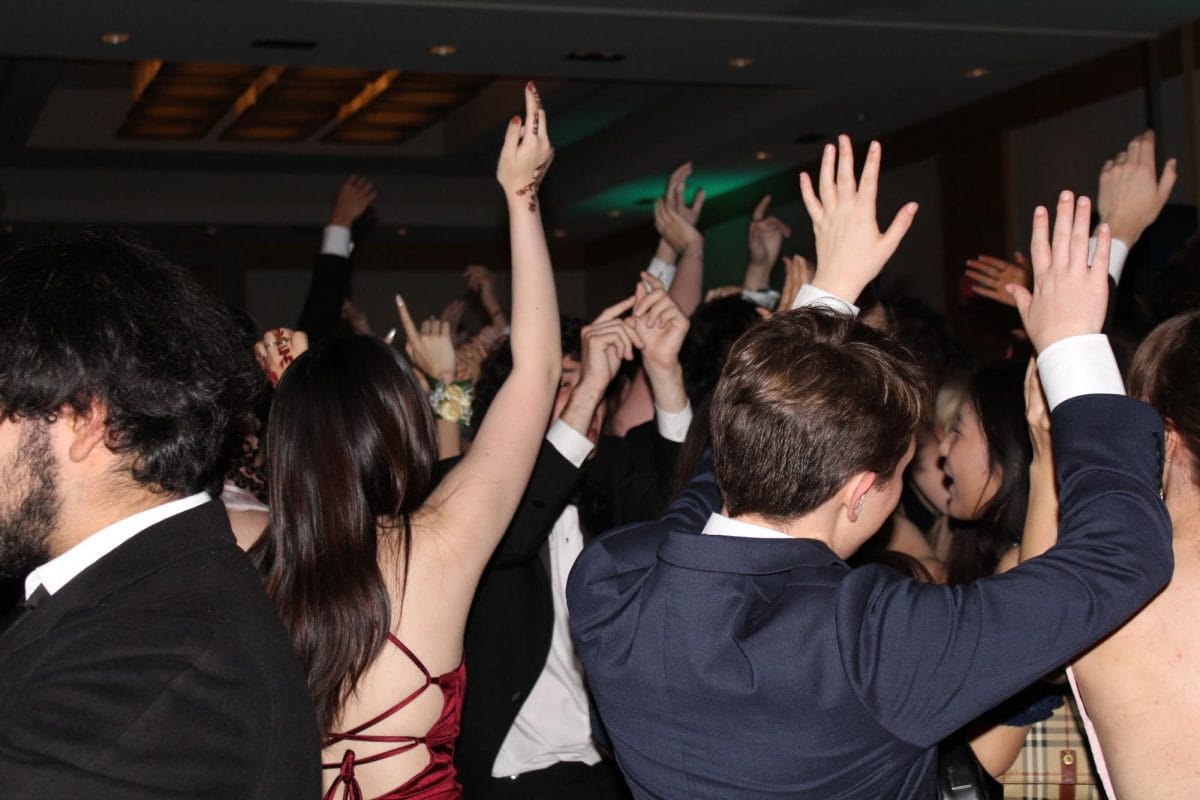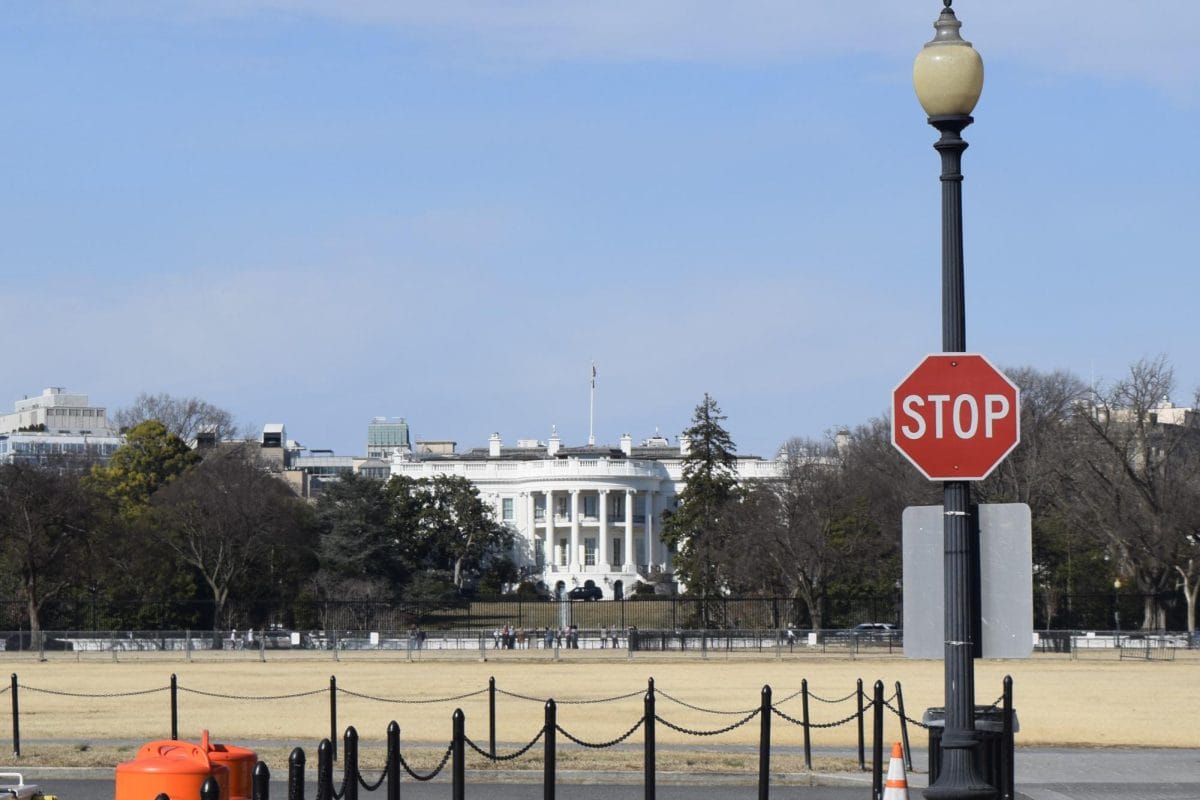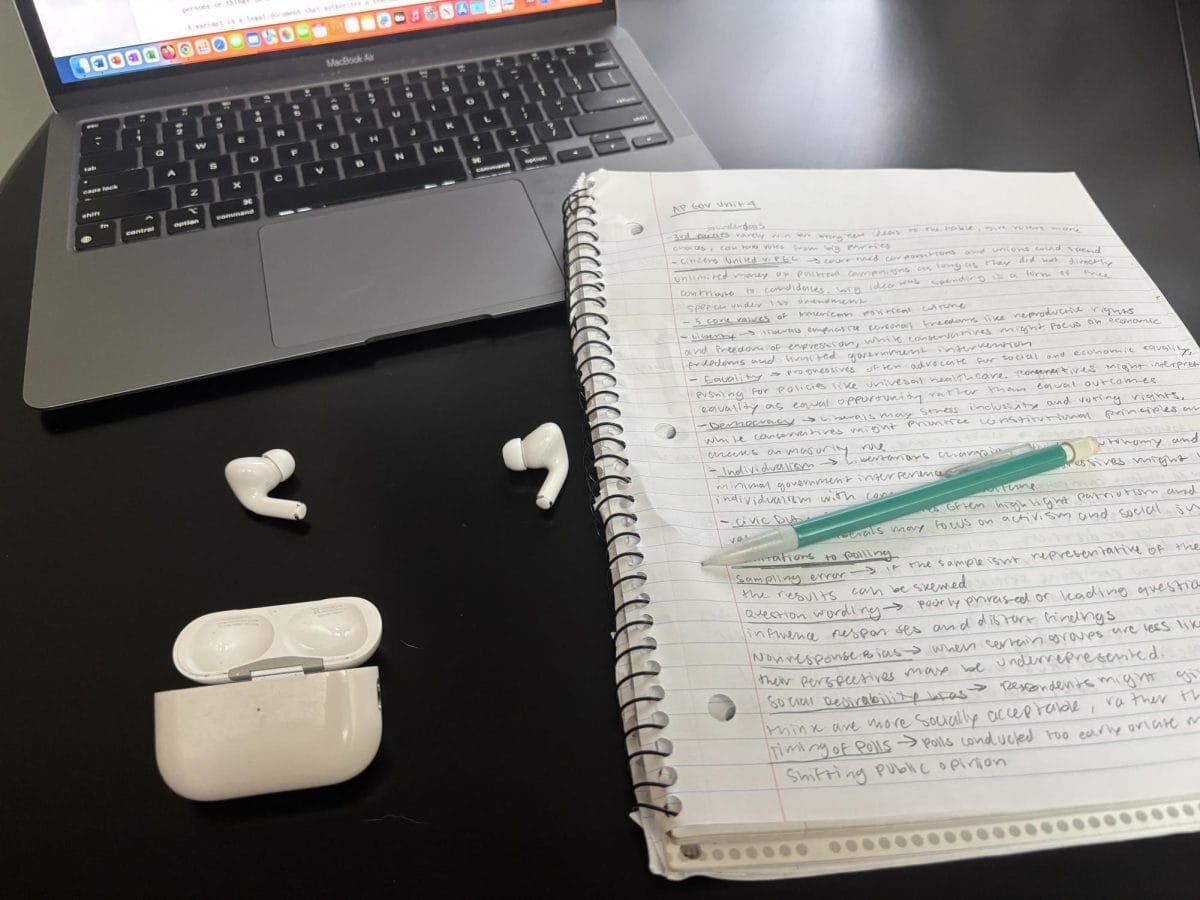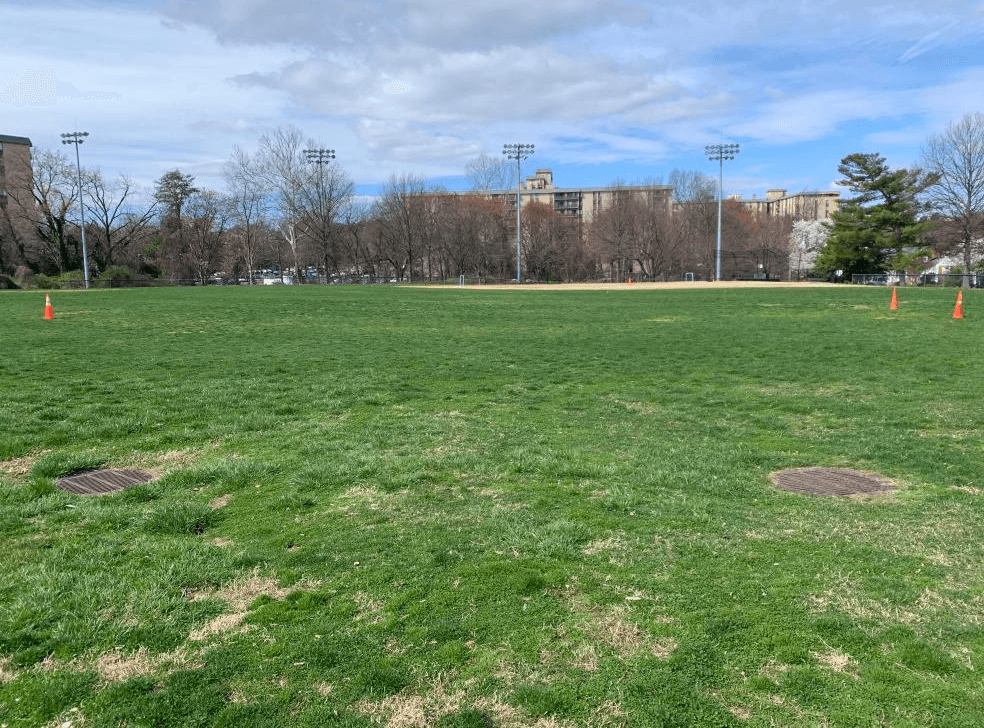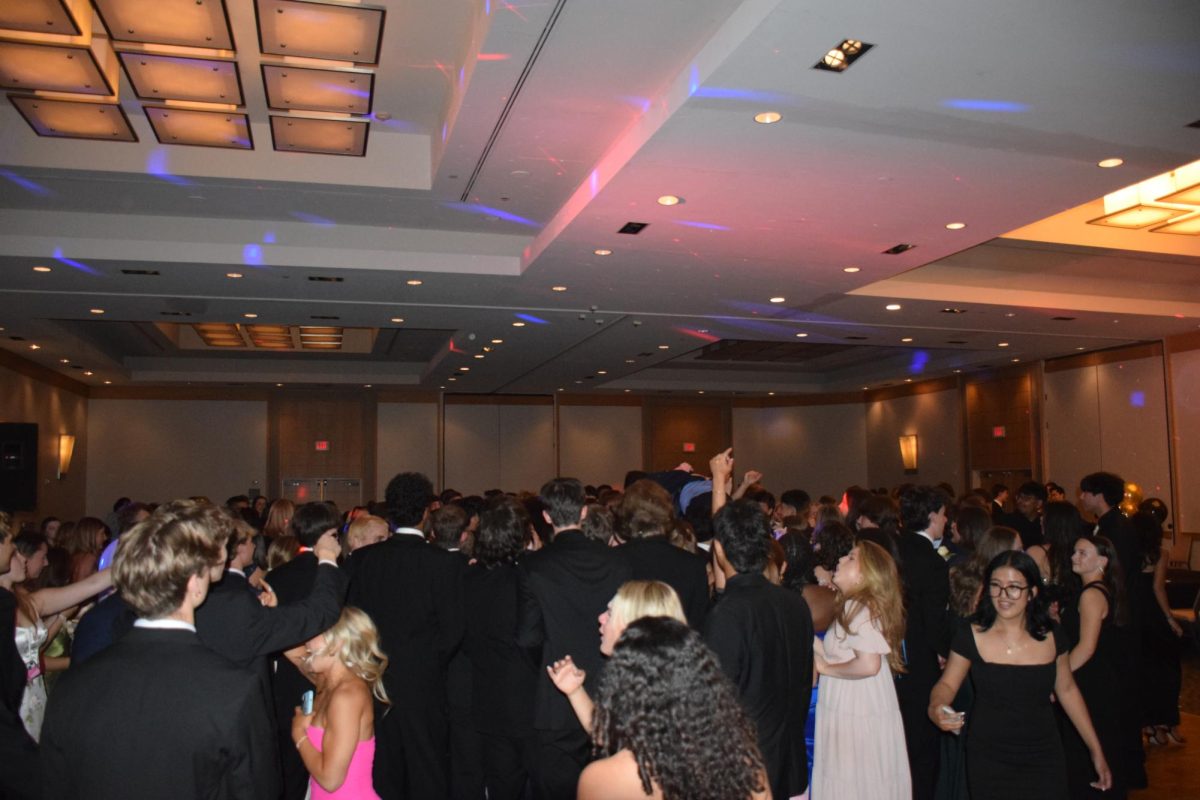For nearly 100 years now, TIME Magazine has annually named an individual or group of individuals Person of the Year, recognizing the substantial impact they had on the media that year. This year’s edition, which was released in December, featured the faces of five women as well as an anonymous arm. These brave women represent the thousands more who broke the silence by sharing their personal stories of sexual assault over the past several months.
While it has been an issue existing under the surface for decades, widespread talk of sexual assault in Hollywood broke only last fall when several actresses came forth to accuse film producer Harvey Weinstein of sexual harassment and assault. However, these accusations were only the beginning. In the months that have followed, thousands of women from every background have gained the courage to share their own stories too, inspiring a domino effect of breaking the silence.
Actress Ashley Judd was among the five prominent faces shown on TIME’s cover this year. She was one of the first to share her story of Weinstein’s sexual assault, later leading over 50 women to share their own stories similar to hers. For several years, Judd has spoken openly about the sexual abuse she endured at a young age. After sharing accounts of her traumatic childhood, she was awarded the HOPE Award for Depression Advocacy in November because of her strong passion for ending the stigma around these difficult subjects.
After being publicly assaulted in a busy room following an interview, singer-songwriter Taylor Swift was sued by her attacker, DJ David Mueller, for defamation. Swift, who is also featured on the cover of the magazine, responded to this by simply counter-suing one dollar, portraying her unwavering courage in a quiet, yet bold manner. Since winning the case, women across the globe look to her as an inspiration for refusing to back down against sexual assault.
Under the pseudonym Isabel Pascual, a strawberry picker from Mexico spoke to TIME about how she was intimidated into silence after her attacker went so far as to follow her to her home. Although her attacker threatened to harm her family if she spoke publicly, she still chose to share her story and was featured on the TIME cover. On Pascual’s right is Uber-employed engineer, Susan Fowler, who was one of several female employees to accuse former CEO Travis Kalanick of sexually harassing her. After the company silenced these reports for several years beforehand, Fowler’s story was among over 20 others that led to the resignation of Kalanick. California lobbyist, Adama Iwu, is shown sitting in the front of TIME’s cover, included because of her story of sexual harassment in the workplace. After organizing a letter signed by 147 women, her story was one that began the state Senate investigation of sexual assault in Sacramento.
With the increasing number of individuals stepping forward with their experiences, women took to social media to show their support with the hashtag #MeToo. Social activist Tarana Burke created this movement over a decade ago after hearing the story of a 13-year-old who had been sexually assaulted. With nearly two million tweets reaching over 80 countries, this hashtag continues to raise awareness for the issue of sexual assault among women of every background. The Me Too movement has stretched far past Hollywood and has given everyday women the opportunity to share their heartbreaking stories as well.
While many women have come forth publicly with their experiences, some cannot. On TIME’s cover this year, a single arm can be seen in the lower right-hand corner, belonging to a young hospital employee from Texas who fears that revealing her identity will negatively impact her. Her appearance on TIME’s cover represents the thousands of women who cannot reveal the identity behind the anonymous stories they have shared. This woman appears as an act of solidarity, standing for the thousands of women who still remain behind the curtain.
By choosing to feature six individuals rather than one, TIME is highlighting the magnitude of a movement that has fought for a voice for decades. Because of this recognition given to the “silence breakers,” the subject of sexual assault has not only made an impact on survivors, but also every individual who has had the opportunity to hear their stories.




